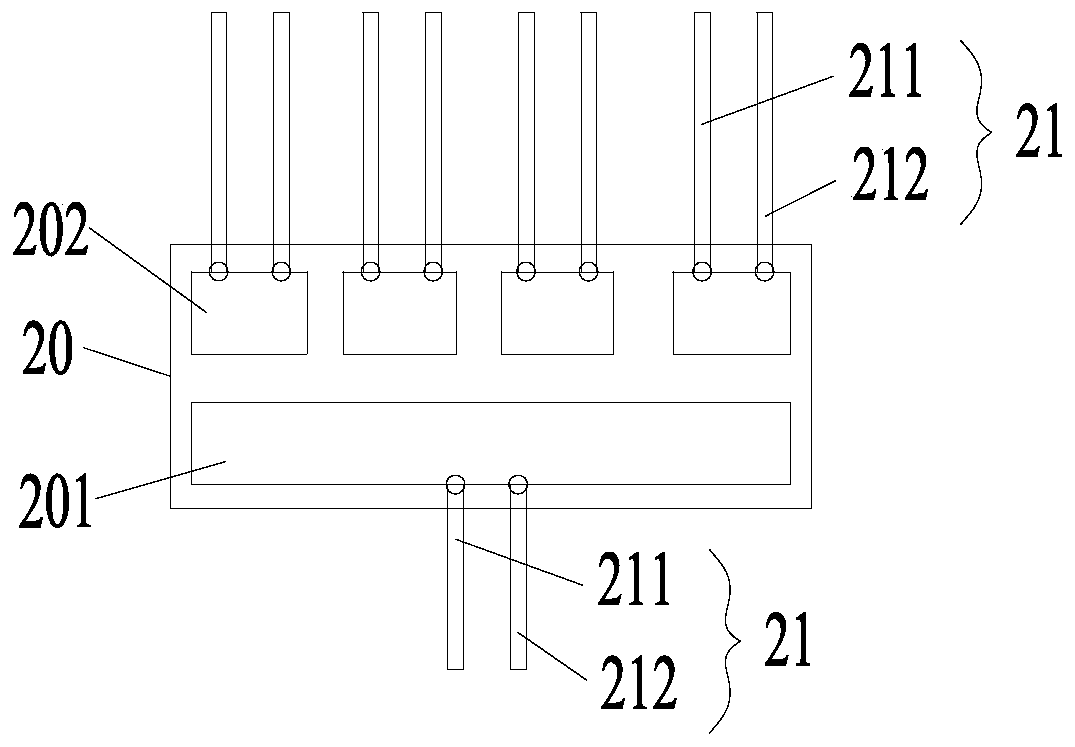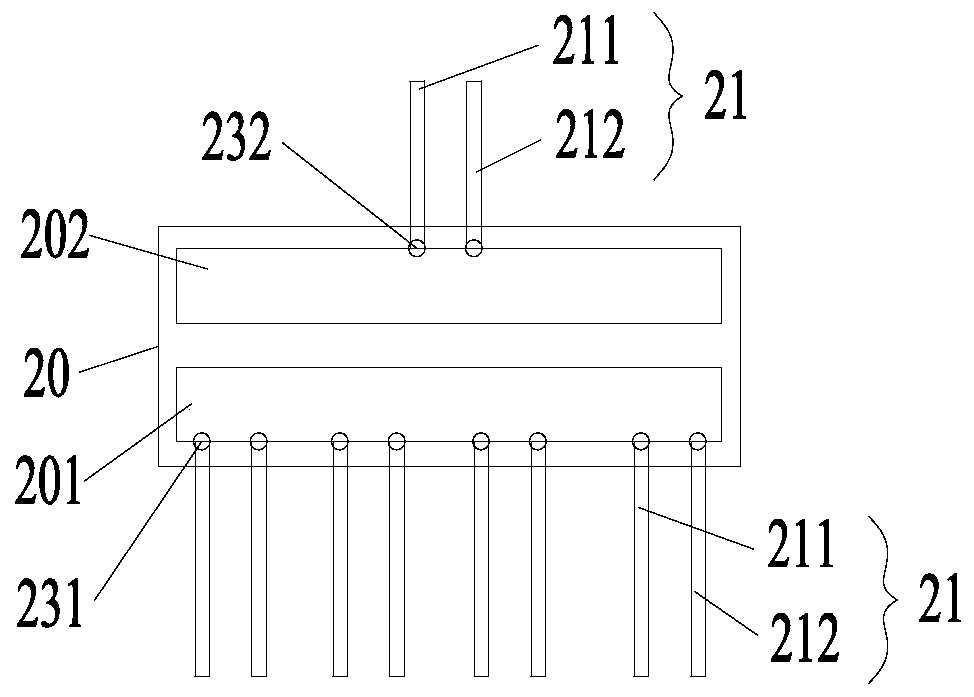Energy system, control method and device of energy system, and storage medium
A technology of energy system and temperature adjustment device, which is applied in the direction of household refrigeration device, energy recovery system for ventilation and heating, air conditioning system, etc., which can solve the problems of energy waste and achieve the effect of saving energy
- Summary
- Abstract
- Description
- Claims
- Application Information
AI Technical Summary
Problems solved by technology
Method used
Image
Examples
Embodiment Construction
[0056]The following description and drawings illustrate specific embodiments of the invention sufficiently to enable those skilled in the art to practice them. Portions and features of some embodiments may be included in or substituted for those of other embodiments. The scope of embodiments of the present invention includes the full scope of the claims, and all available equivalents of the claims. Herein, relational terms such as first and second etc. are used only to distinguish one entity or structure from another without requiring or implying any actual relationship or relationship between these entities or structures. order. Various embodiments herein are described in a progressive manner, each embodiment focuses on the differences from other embodiments, and the same and similar parts of the various embodiments may be referred to each other.
[0057] In describing the present invention, it should be understood that the terms "longitudinal", "transverse", "upper", "lowe...
PUM
 Login to View More
Login to View More Abstract
Description
Claims
Application Information
 Login to View More
Login to View More - R&D
- Intellectual Property
- Life Sciences
- Materials
- Tech Scout
- Unparalleled Data Quality
- Higher Quality Content
- 60% Fewer Hallucinations
Browse by: Latest US Patents, China's latest patents, Technical Efficacy Thesaurus, Application Domain, Technology Topic, Popular Technical Reports.
© 2025 PatSnap. All rights reserved.Legal|Privacy policy|Modern Slavery Act Transparency Statement|Sitemap|About US| Contact US: help@patsnap.com



